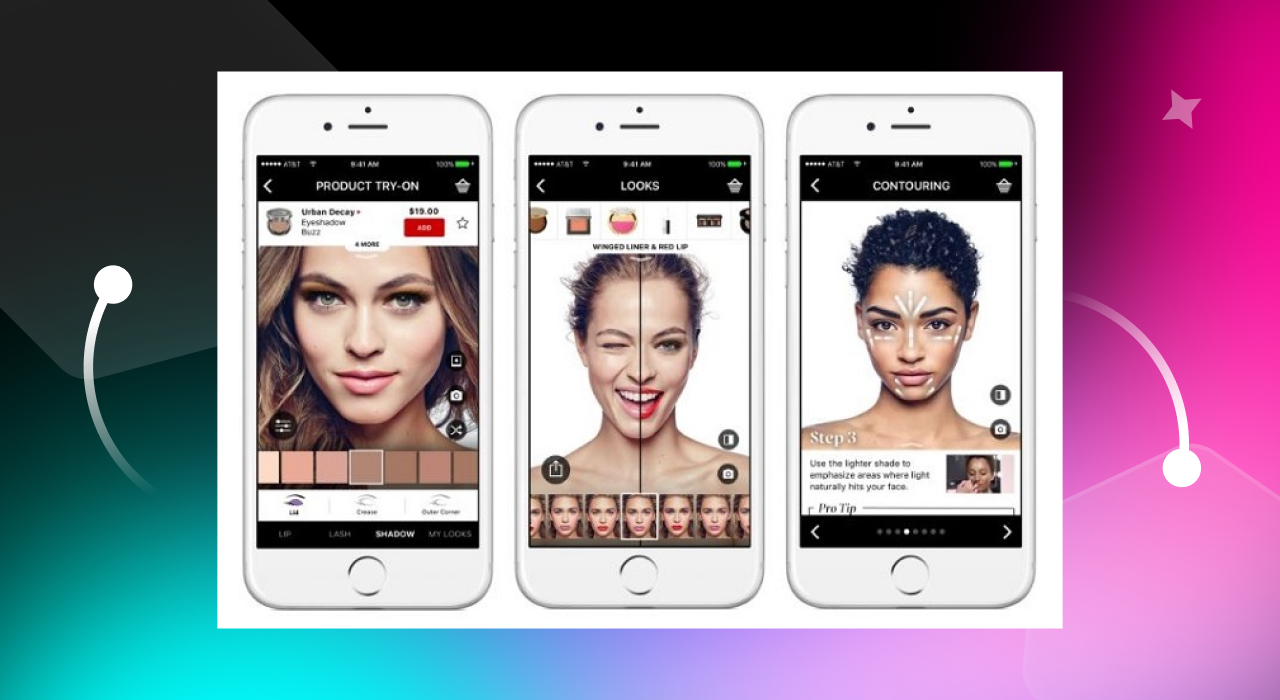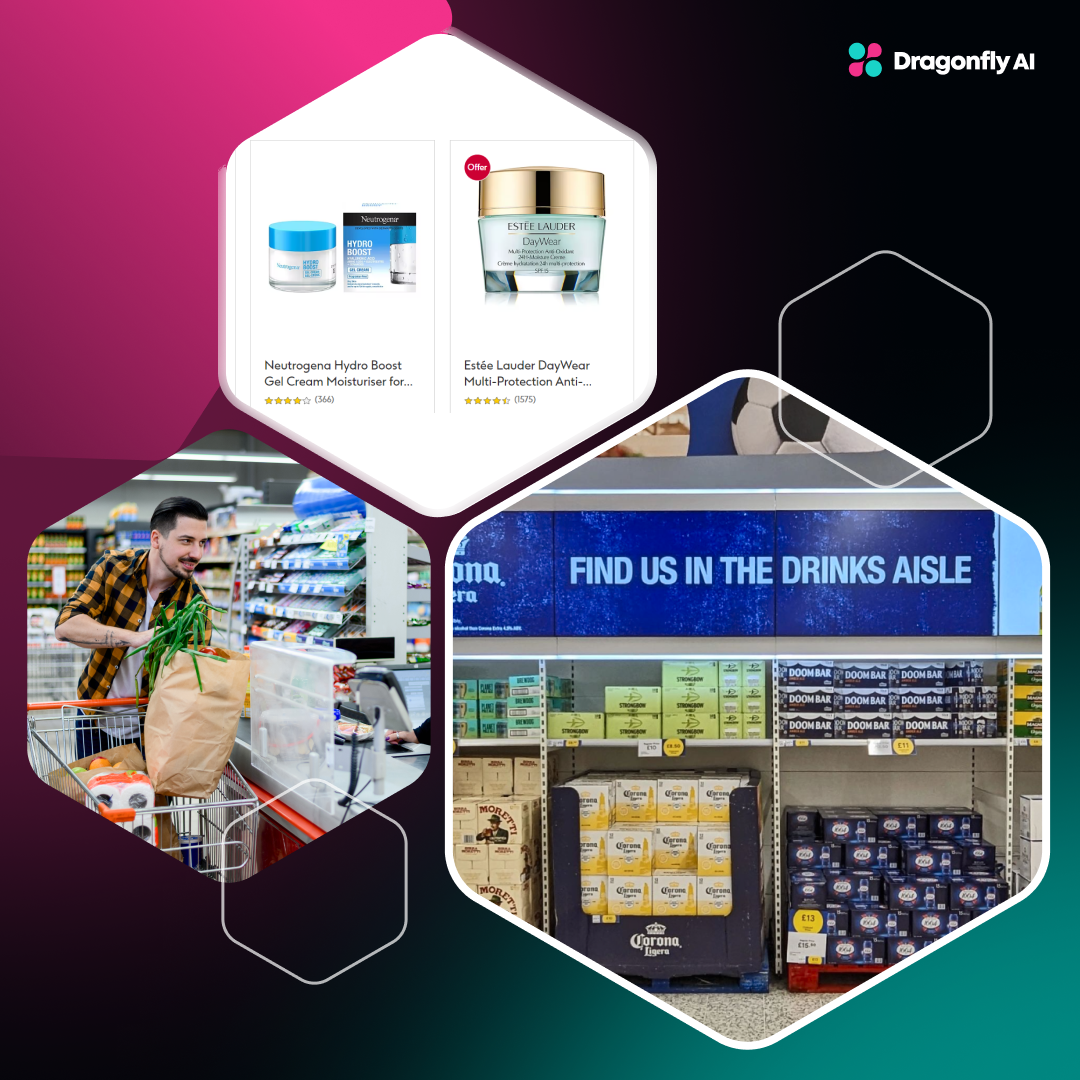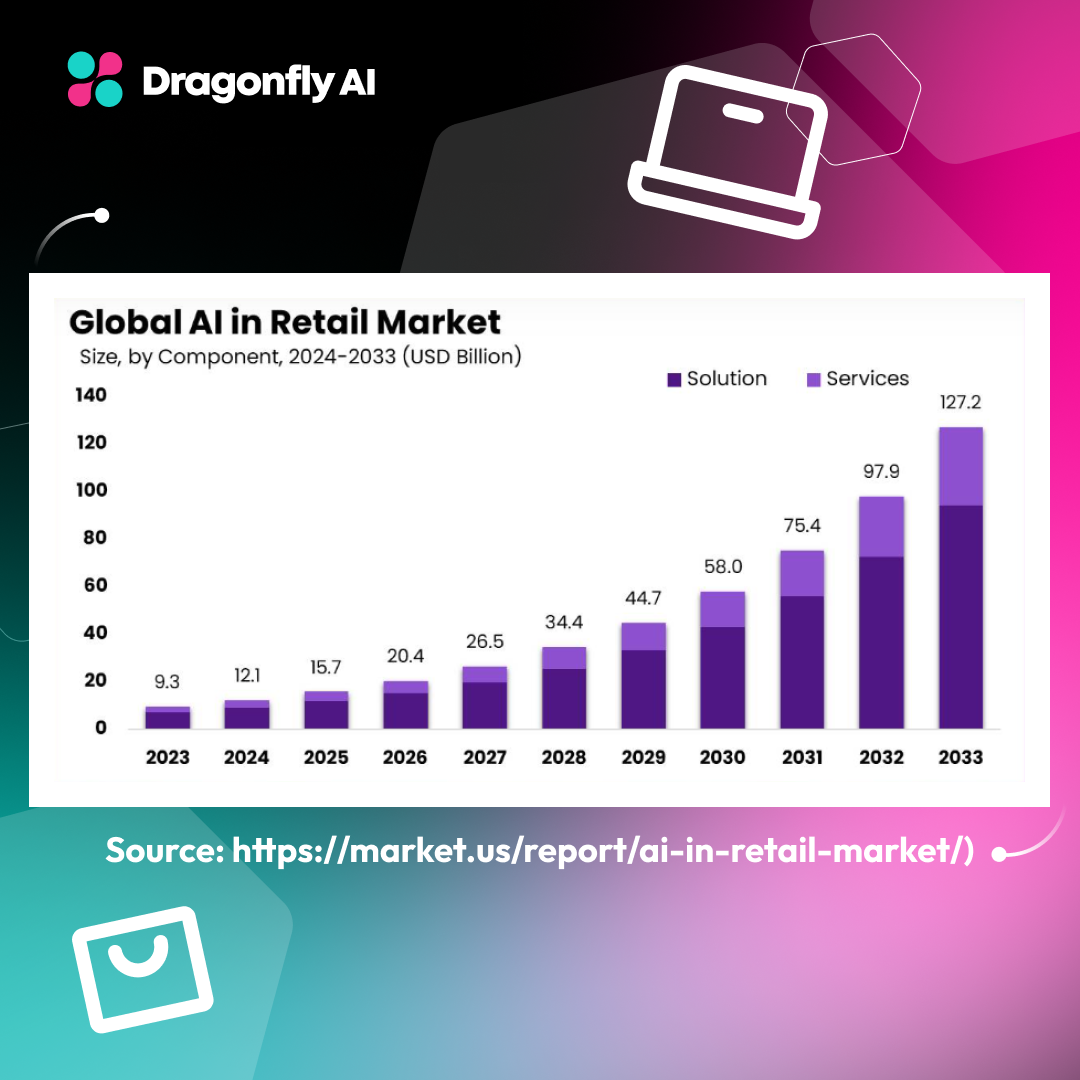Remember when advertising was all about catchy jingles and prime-time TV slots? For better or worse (probably for the better), those days are long gone. Today's Madison Avenue wizards are much more focused on the details of consumer insights and analytics. This shift from gut feelings to data-driven decisions has revolutionized how we create and target advertising campaigns to provide more precision and better results.
What are consumer insights?
Consumer insights are the tidbits of information that tell you not just what people are buying, but why they're buying it. It's the difference between knowing someone bought a car and understanding they chose that specific model because it made them feel a certain way—the emotional driver, if you will.
Consumer insights are a bit like X-ray vision for marketers. Suddenly, you can see past the surface and right into the heart of what makes your audience tick. These insights go beyond basic market research. While traditional research might tell you how many people bought your product, consumer insights reveal the emotional and psychological factors driving those purchases. It's what turns good campaigns into great ones.
The importance of consumer insights in advertising
Imagine trying to hit a bullseye while blindfolded. That's what advertising without consumer insights is like. But with a deep understanding of consumer behavior, marketers can create campaigns that resonate on a whole new level.
For example, many companies have found success by tapping into millennials' desire for experiences and community rather than just products. Such insight has led to strategies like:
- Creating immersive pop-up events that allow customers to interact with the brand in unique ways
- Developing social media campaigns that encourage user-generated content and foster online communities
- Partnering with influencers who embody the values and lifestyle of the target audience
- Focusing on sustainability and social responsibility, which many millennials prioritize

With this kind of knowledge, companies can overhaul their entire approach. Out goes the traditional ads, in comes immersive pop-up events and social media campaigns that get people talking.
Tools for gathering consumer insights
Getting those golden nuggets of insight isn't as simple as asking people what they want. (After all, if Henry Ford had just asked people what they wanted, he'd have built a faster horse.) It takes a whole toolkit of fancy gadgets and the like to really get inside consumers' heads.
Think social media listening tools that can track millions of online conversations in real-time. Or Eye-tracking studies that show exactly where people's gazes linger on an ad. There’s also predictive analytics so smart they can practically tell you what people will want before they know it themselves.
Using consumer insights and analytics
Of course, all the data in the world is useless if you can't make sense of it. That's where the real magic happens, turning those numbers and charts into actual, usable insights. It's part science, part art, and a whole lot of caffeine.
The process typically looks something like this:
- Gather data from multiple sources (social media, surveys, purchase history, etc.)
- Run it through sophisticated analytics platforms, such as Google Analytics or Tableau
- Interpret the results to identify actionable insights
- Apply those insights to your advertising strategies
The best marketers are constantly cycling through this process, refining their approach as they learn more about their audience.
Trends in consumer behavior and their impact on advertising
Let's not forget that consumer behavior is about as stable as a house of cards in a hurricane. Just when you think you've got it figured out, everything changes. (Looking at you, ChatGPT and all that came with you.)
The brands that win are the ones that can pivot on a dime. They're constantly listening, constantly adapting. It's exhausting but also incredibly exciting.
Some current trends shaping the advertising landscape:
- A growing demand for personalized experiences
- Increased concern about privacy and data security
- Rising importance of brand values and social responsibility
Successful campaigns are tapping into these trends, creating ads that feel tailored to individual consumers while also emphasizing transparency and purpose. Want the proof? Check out AA’s learnings next.
A case study showcasing the importance of insights
The AA's journey from breakdown to breakthrough is a masterclass in the power of emotional branding. Faced with declining revenue and waning relevance, it could have doubled down on practicality. Instead, AA tapped into a simple truth: people don't just drive cars—they feel them.
"Love that feeling?" was a tagline that also served as a reminder of why we hit the road in the first place. The campaign struck a chord, with the AA increasing prices without customers hitting the brakes. For every pound spent, it pocketed £2.23 in profit. Talk about getting your motor running.
Where efficiency rules the roost, the AA proved that a little heart can take you further than any GPS.

Best practices for using consumer insights in advertising
So how can you use the power of consumer insights for your own campaigns?
- Keep your ear to the ground. Consumer preferences can change fast, so make sure you're constantly gathering fresh data.
- Look beyond the obvious. Sometimes the most powerful insights come from connecting seemingly unrelated data points.
- Test, test, and test again. Use A/B testing to refine your messaging based on how consumers actually respond.
- Don't forget the human element. All the data in the world can't replace good old-fashioned creativity and intuition.
The importance of consumer insights in advertising will only grow as the available technology evolves further. Experts are betting big on artificial intelligence, and we’re now in a world where AI can not only gather data but actually generate insights and even craft ad content—even if it’s just an outline. Others are eyeing augmented and virtual reality, dreaming of ways to get even deeper into consumers' worlds.

Whatever the future holds, one thing's for sure: understanding your audience holds more weight than ever. In a world where consumers are bombarded with an increasing choice and more ads, the brands that truly understand their customers are the ones that will come out on top.
Summary: Ad wizards
The next time you see an ad that seems to read your mind, just remember that it’s not by chance. It's just really, really good consumer insights at work, where the details make the difference and personalization is everything.

